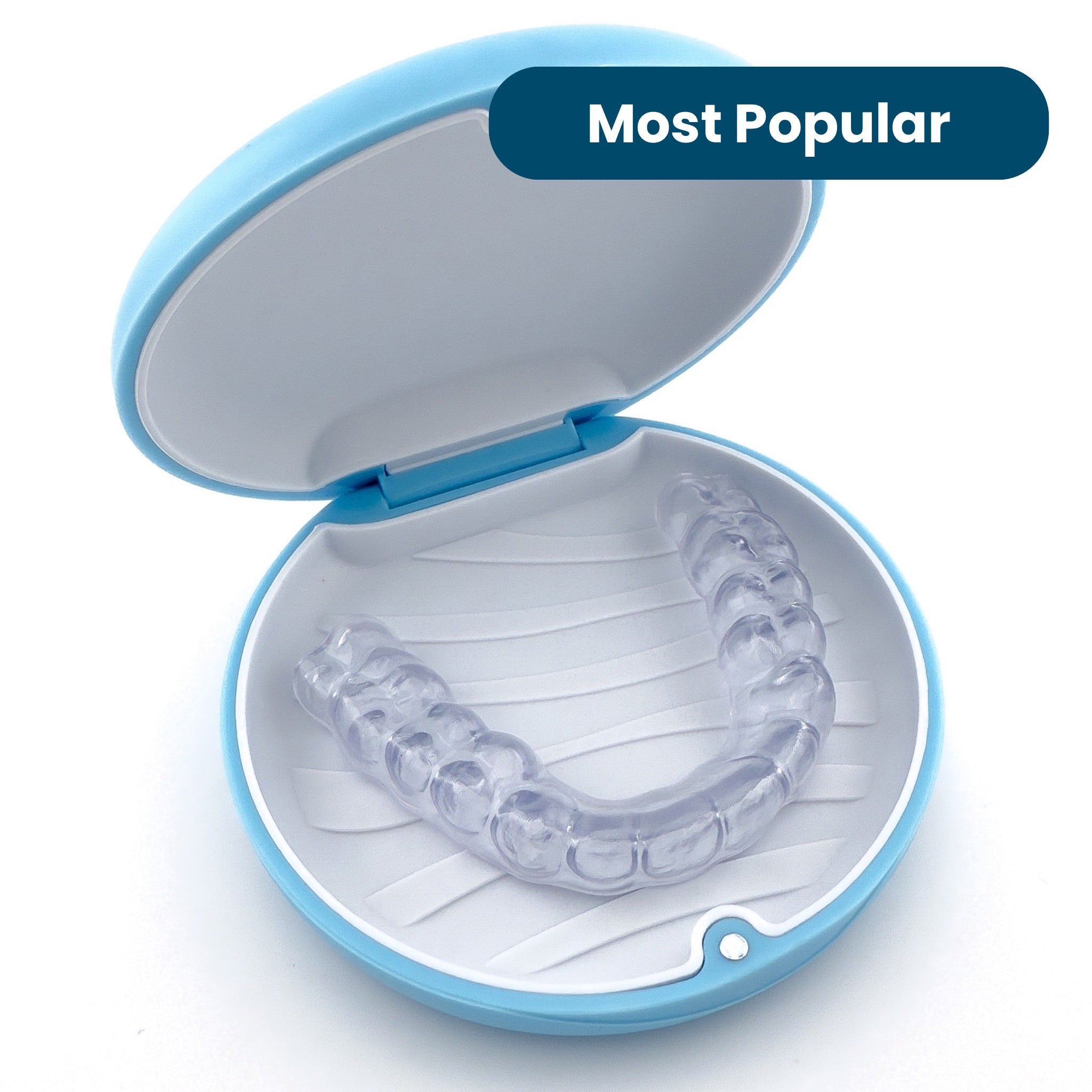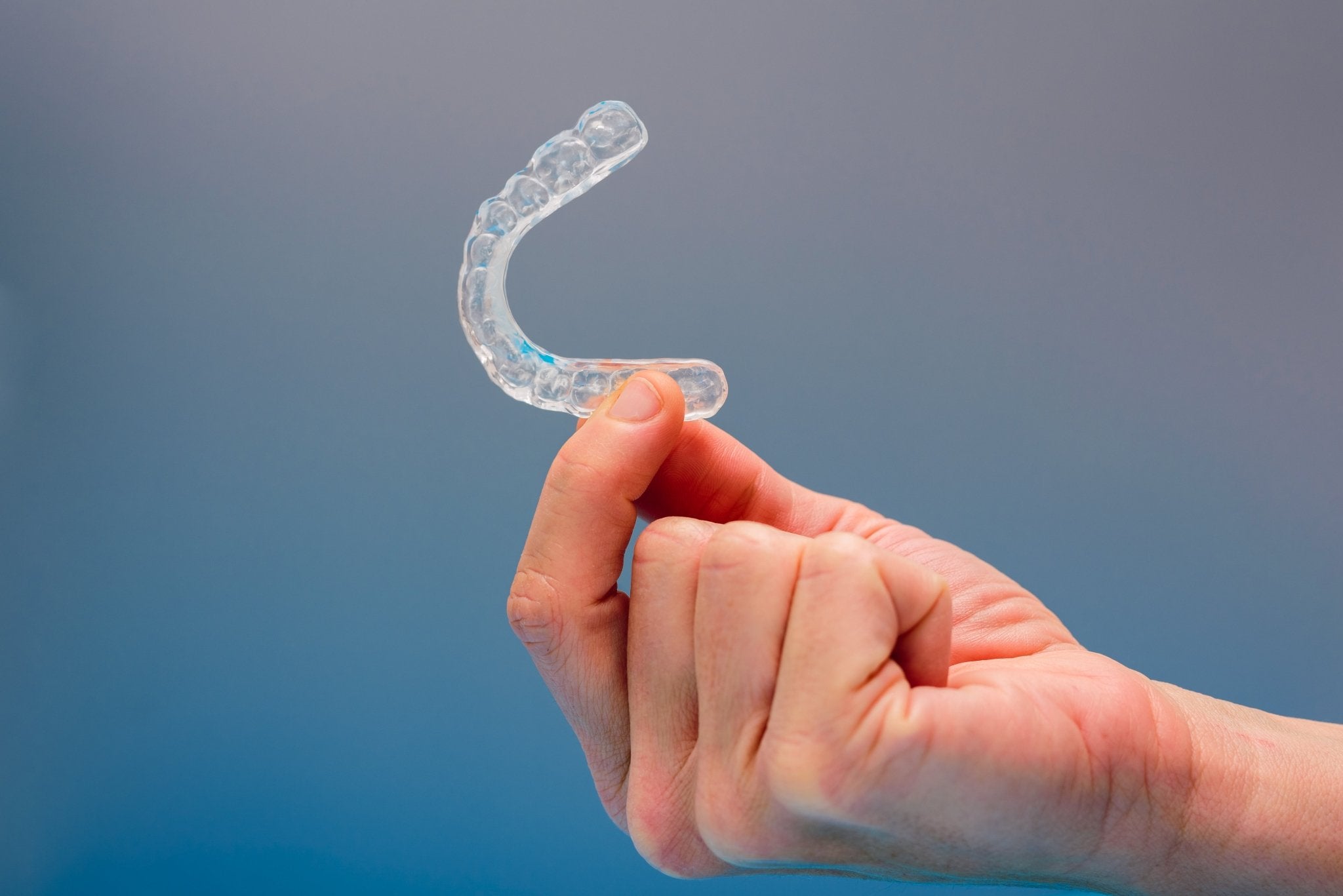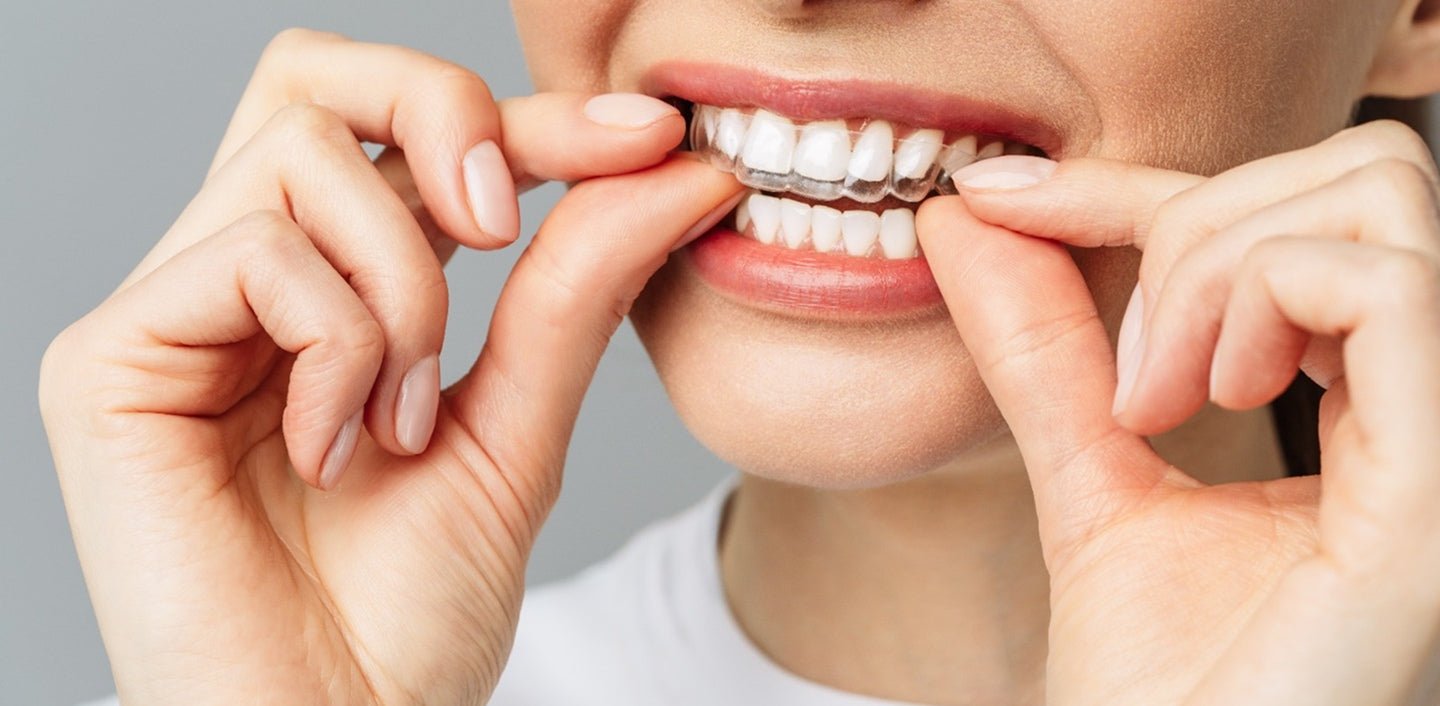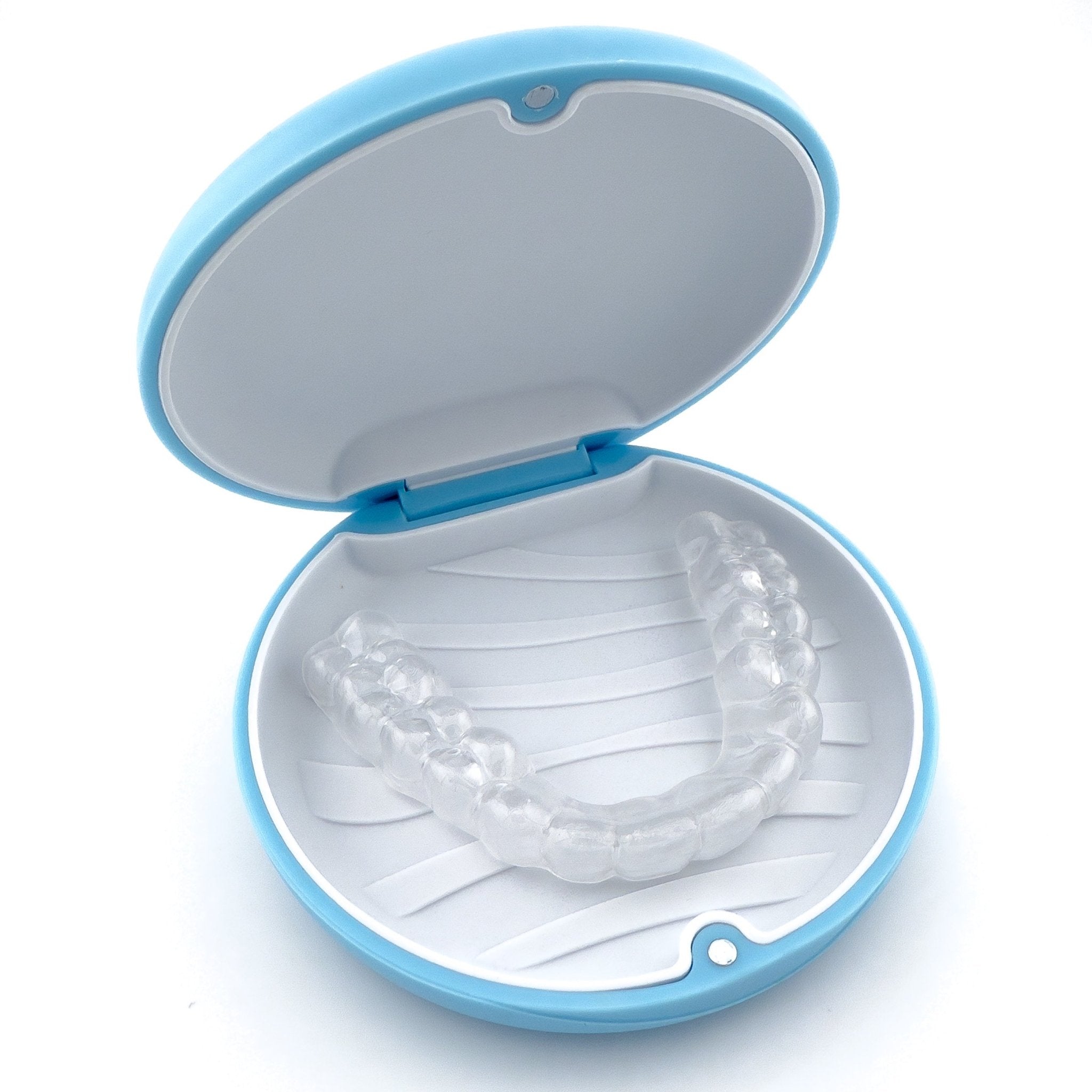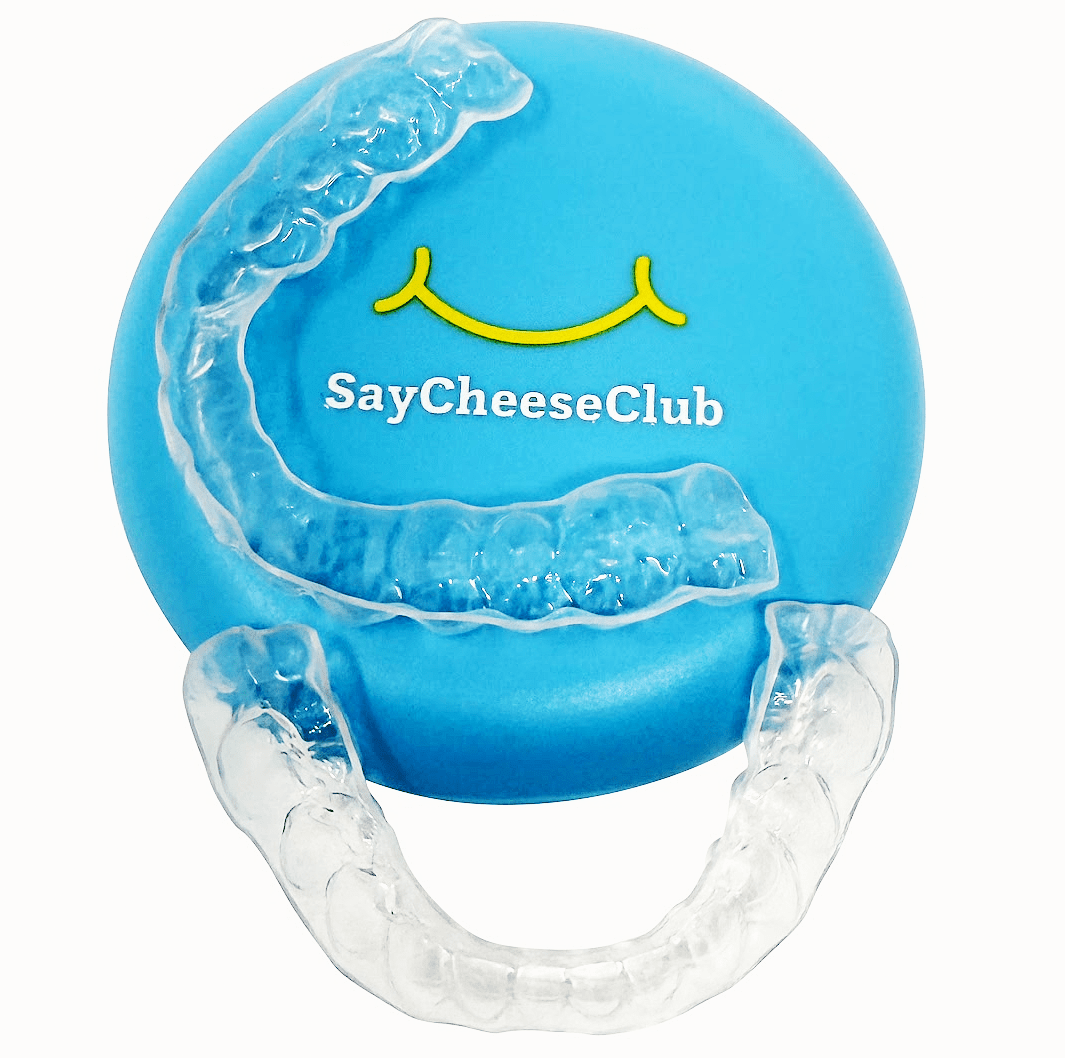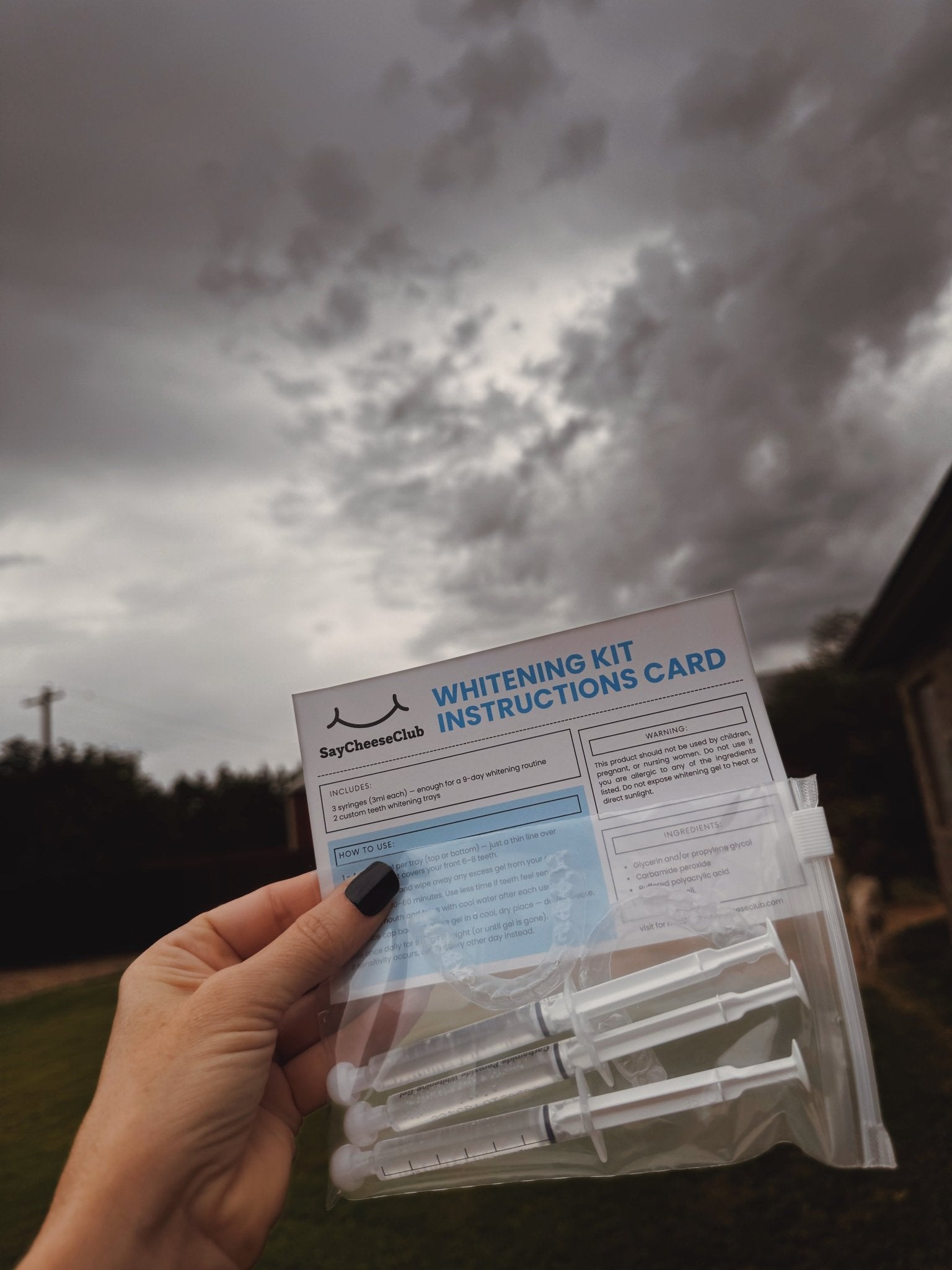Maintaining the alignment of your teeth after braces or clear aligners isn’t just a short-term step — it’s something your smile depends on for life. Retainers play a crucial role in keeping everything stable, preventing relapse, and maintaining the investment you’ve already made.
But like any tool you use daily, retainers wear out. They stretch, warp, and lose precision over time. And when that happens, the protection they provide starts to fade.The good news? Your retainer will show clear signs when it’s no longer fitting accurately. When you understand what to look for, you can act before shifting becomes noticeable — or before you find yourself needing orthodontic correction again.
Below, we walk through the five most reliable signs your retainer is no longer doing its job, what each one means, and how to move forward to keep your smile exactly where you want it.
1. Your Retainer Suddenly Feels Much Tighter Than It Used To
A little snugness is normal if you miss a night or two — teeth naturally micro-shift when they aren’t held in place. But a retainer that feels dramatically tighter, hurts to insert, or no longer seats fully is a sign that something has changed.
Why this matters:
Retainers don’t cause shifting — they reveal it. If your retainer is suddenly too tight, it means:
- Your teeth aren’t where the retainer expects them to be
- The retainer may have warped over time
- Your bite or gumline may have changed
- You’ve gone too long between wears
A retainer should gently guide your teeth back into place if you’ve only skipped a short period. But when the tightness becomes extreme, the retainer is no longer aligned with your current tooth positions.
What to do next:
✔ Don’t force it — you can cause damage
✔ Wear lightly if comfortable
✔ Replace it ASAP with a new, accurate fit
A tight retainer is often the first warning sign, and catching it early protects your alignment long-term.
2. Your Retainer Feels Loose or Makes Clicking Noises
If you can slide your retainer into place without resistance, or if it “clicks” when you move your teeth or talk, the fit is no longer secure.
Why looseness happens:
- Plastic stretches microscopically with use
- Hot water can warp the shape
- Daily wear and tear changes the fit
- Teeth may have shifted subtly
A loose retainer can’t hold your teeth in place effectively. In fact, it may allow small amounts of movement daily — and those small shifts add up.
What to do:
A loose retainer means it’s time to replace it. Wearing it won’t prevent movement, and waiting can result in more noticeable shifting.
3. It Doesn’t Sit Flush Against Your Teeth Anymore
Your retainer should rest evenly on every tooth.
If you see:
- Lifting at the edges
- Rocking or wobbling
- One side sitting higher
- A visible space between the retainer and your teeth
- Warping across the front or back
…it’s no longer an accurate mold of your smile.
Even small distortions create:
- Poor retention
- Uneven pressure
- Tooth discomfort
- Increased risk of shifting
This is one of the most common signs people miss — many don’t realize retainers are designed to fit with near-perfect precision.
4. Your Teeth Feel “Different” — Even Before You Can See Movement
Shifting usually starts before it’s obvious in the mirror. Pay attention to subtle changes in how your teeth feel when you bite or speak.
Early signs include:
- A slight “high spot” when you bite down
- A tooth feeling out of line
- Mild sensitivity in certain teeth
- A tiny gap beginning to form
- Pressure in your bottom front teeth
If your teeth feel off, trust it — your retainer may no longer be doing its job.
5. Your Retainer Is 6–12 Months Old (or Older)
Even the highest quality retainers eventually lose precision.
Most people need replacement every 6–12 months, depending on:
- Wear frequency
- Cleaning method
- Exposure to heat
- Grinding or clenching
- Natural shifting
Many people think their retainer lasts years — but what often lasts is the plastic, not the accuracy. A retainer more than a year old may no longer be holding your teeth exactly where they should be.
Why Timing Matters More Than You Think
Orthodontic relapse doesn’t happen overnight, but it does happen silently. The longer you wear a retainer that isn’t fitting correctly, the more opportunity your teeth have to drift.
Early action prevents:
❌ Crowding
❌ Gaps
❌ Bite changes
❌ Pain or sensitivity
❌ The need for additional orthodontic treatment
A new retainer isn’t just a replacement — it’s protection.
What to Do When Your Retainer Doesn’t Fit
If any of these signs sound familiar, here’s the best next step:
✔ Stop forcing the old retainer
✔ Order a new impression kit
✔ Get a fresh, custom-fit retainer that reflects your current alignment
✔ Wear it consistently to stabilize your smile
SayCheeseClub makes this simple: you take impressions at home, send them back, and your new dentist-quality retainers are delivered right to your door — no appointments, no high dental office prices.
The Bottom Line
Teeth are always on the move — that’s biology. But your retainer is your best defense. When it stops fitting well, you’ll feel it long before you see it.Listen to those signs early, and you’ll keep your smile healthy, stable, and exactly the way you worked for.
👉 Shop Clear Retainers today at SayCheeseClub.com















